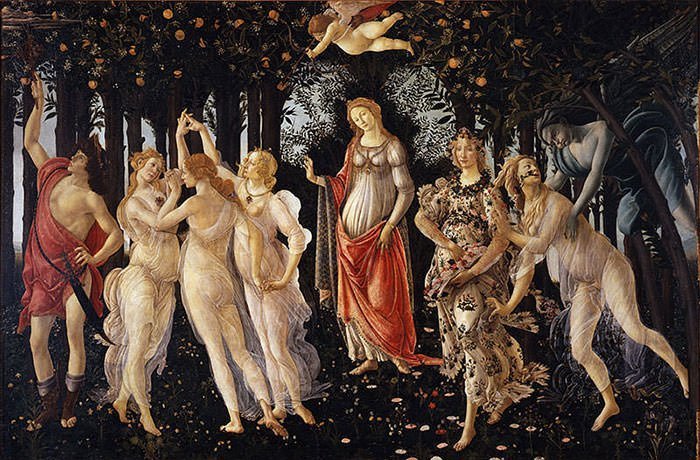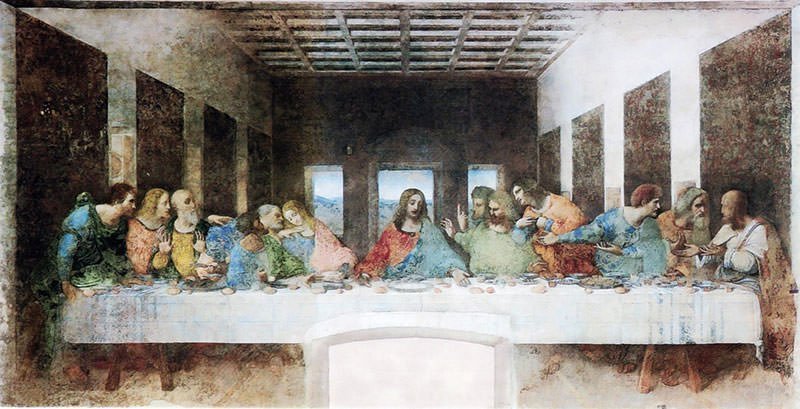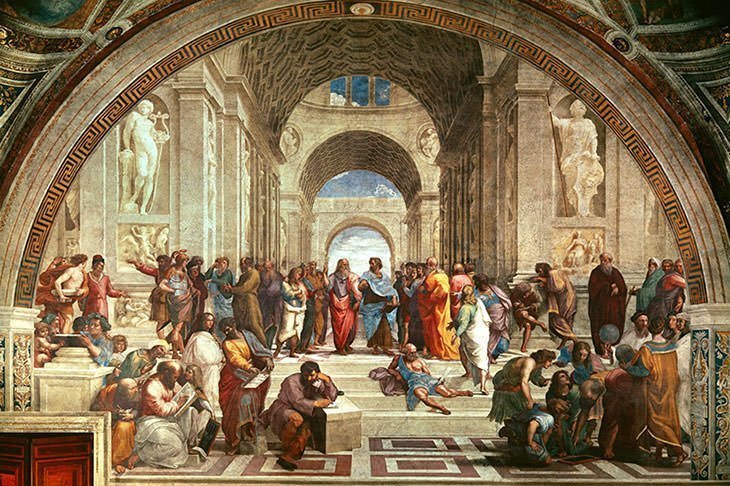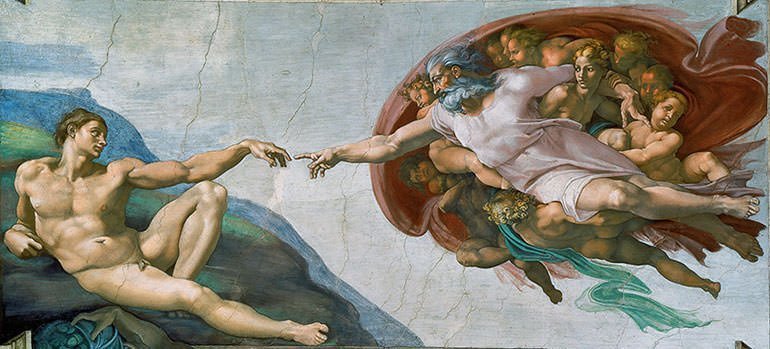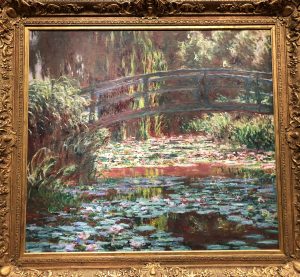Listening to music has shown to positively affect your mood, blood pressure and heart rate. In all, this helps to increase your motivation which also leads to the rise of productivity levels. Research has shown that the same music you would listen to while studying something low mental efforts affects you differently than studying something that requires high mental effort. Here is a guide to help you listen to the right music while studying.
Types of studying:
1. Low Mental Efforts
This means studying something that you are already familiar with and have a tangible understanding of. In this case, I would listen to high energy music that would boost my energy and help me get into the flow of my work.
2. High Mental Efforts
This is where you are trying to learn something new and unfamiliar. This would pertain to tasks that are more conceptual and require more efforts to fathom. The best music to listen to during these times would be calming and peaceful music.
3. Cramming for an Exam
If you have limited time to study for exam, the best choice to go with would be classical music. Something that has a steady and repetitive pace can help with concentration. Something that is inconsistent and varies in tempo can maximize your stress.
4. Deep focus
This would mean studying something that is very text heavy and requires a lot of reading or writing. In this situation, I would avoid anything with lyrics and tempo changes, as it may be distracting.
My top 5 study songs:
1.Erik Satie – Once upon a time in Paris
https://www.youtube.com/watch?v=_fuIMye31Gw
2. Saint-Saens : The Swan – Carnival of the Animals
3. Claude Debussy – Suite Bergamasque – Clair de Lune
4. Faulkner – Daydreaming
5. Mozart: Rondo No. 1 in D Major, K. 485
Image Sources: Featured Image

